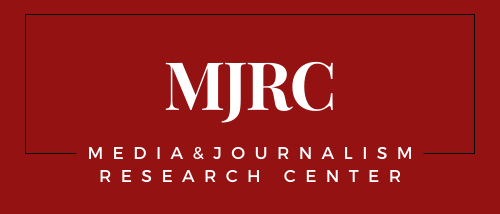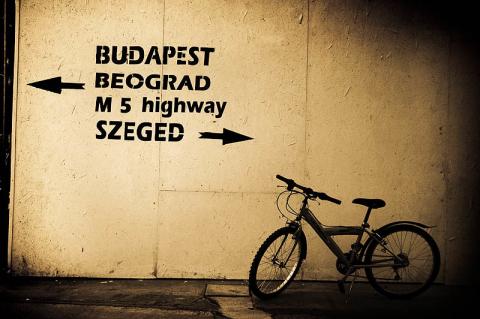Marius Dragomir in Euractiv’s Article on the Serbian Media
Talking to Euractiv, the Media and Journalism Research Center Director Marius Dragomir argues that EU institutions are partly to blame for the rise of media capture in many countries in Central Europe.
The article, which has been published in English and in German, summarizes the media situation in Serbia, where Hungarian prime minister Viktor Orbán’s childhood friend-turned billionaire Lőrinc Mészáros is reportedly one of the bidders for TV broadcast licenses. His involvement may be an example of the extension of media capture.
Hungary is a textbook case of media capture, Marius Dragomir is cited in the article as saying, adding that the model has been already exported to some countries, although the motivation for this varies.
He thinks the EU is partly to blame for the current predicament. He points out that media capture started over a decade ago, and although activists and experts have been sounding the alarm bells, “the EU argued that no instrument could be used to remedy the situation, as media regulation was the responsibility of individual countries.”
That is why it is very important, he says, that EU institutions are now “waking up” and working on effective instruments. He thinks these instruments should be linked to EU funds, as “many of these countries rely on EU funds for everything, essentially, even for media capture.”
The article also cites a study published by the International Press Institute in collaboration with CMDS, the center led by our director until 2022, which maps the role of Hungarian capital in foreign media.
Photo: Flavijus / Flickr, CC BY-NC-ND 2.0
Link:
Support independent media research – your donation helps keep our work open.
Donate
